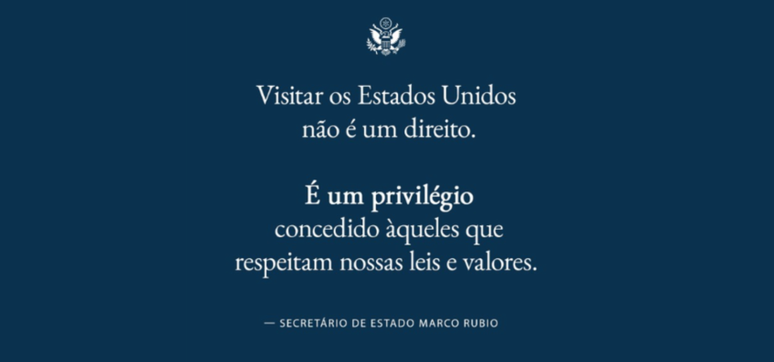Cardiovascular diseases such as stroke are most at risk during the colder seasons of the year. The neurosurgeon explains the risks
The cold front has arrived and this time it looks set to stay. The climate calls for greater attention to health, as cold temperatures increase the risk of having a stroke by up to 20%, warns the National Institute of Cardiology.
According to stroke neurosurgeon Dr. Victor Hugo Espíndola, this increased risk is due to the production of certain neurotransmitter hormones that lead to vasoconstriction of the arteries. That is, it makes them twitch, obstructing blood flow and causing a stroke.
So if the patient has some condition that predisposes them to stroke, such as a fatty plaque, the artery that would already be compromised becomes even more susceptible during cold weather, Victor Hugo points out.
“Moreover, this arterial vasoconstriction leads to an increase in blood pressure, which is also a risk factor for both ischemic and hemorrhagic stroke. But there are other lifestyle habits that also intensify with the cold: people tend to consume more alcohol, smoke more, drink less fluids and, therefore, become dehydrated: all of these are risk factors for stroke,” he adds. the doctor.
The neurosurgeon points out that low temperatures not only increase the risk of an ischemic stroke, but also of a hemorrhagic episode – both due to rupture of a cerebral aneurysm and hypertensive peak, which also increases with cold weather. “All cardiovascular diseases, in general, including heart attacks, which are a leading cause of death, increase even in the coldest seasons,” he warns.
Prevention
Up to 80% of stroke cases can be prevented by adopting good lifestyle habits, emphasizes Dr. Victor Hugo. The specialist recommends some measures:
- Control of hypertension;
- Diabetes control;
- Cholesterol control;
- Avoid a sedentary lifestyle;
- Stop smoking;
- Moderate the consumption of alcoholic beverages;
- Maintain good hydration especially in cold weather;
- Dress warmly to avoid the vasoconstriction process.
At the slightest suspicion of a stroke, the patient should be referred to the hospital as soon as possible to ensure rapid diagnosis and treatment. “With this we are able to make many symptoms regress and to leave several patients without sequelae”, underlines the neurosurgeon.
Victor recalls that today stroke is the disease that kills the most and disables the most in Brazil and in the world. “It is a disease that has a treatment, but this treatment is closely related to time. The sooner it is, the better the results and the greater the chances that the patient will go away without sequelae,” he says.
“Therefore, at the slightest suspicion, the patient must seek the nearest hospital for this diagnosis to be concluded and the treatment to be effective. It is good to remember that we manage to avoid the vast majority of cases with simple measures of good lifestyle habits”, he reiterates the doctor.
Source: Terra
Ben Stock is a lifestyle journalist and author at Gossipify. He writes about topics such as health, wellness, travel, food and home decor. He provides practical advice and inspiration to improve well-being, keeps readers up to date with latest lifestyle news and trends, known for his engaging writing style, in-depth analysis and unique perspectives.









